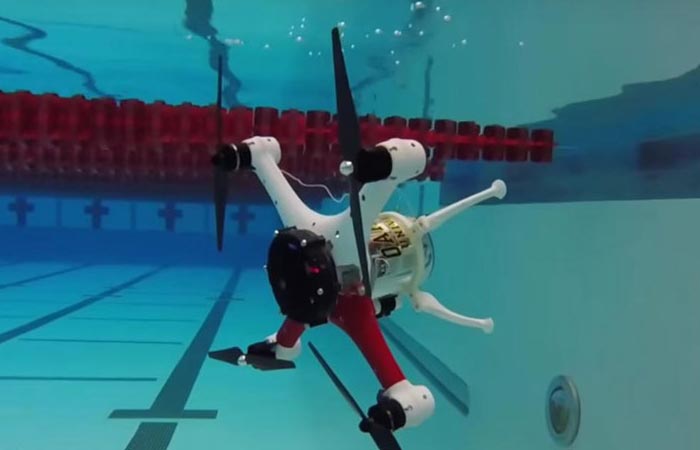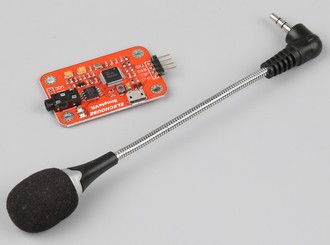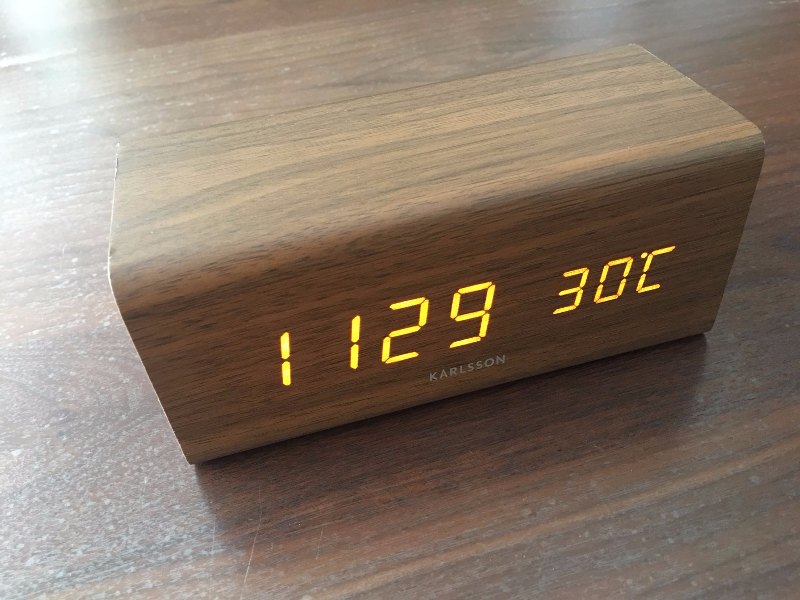1. Principles and practices¶
This week I worked on defining my final project idea.
Ideas¶
Even before the Fabacademy, I had a to-do list of things I liked and wanted to try making. So I was going to pick one for my final project but I’ve been even more inspired by Fabacademy’s list of projects.
At first, my ideas were a drone with gloves controllers or with the abilities to go underwater, but there are many projects already existing on this subject.

This is Loon Copter from Oakland University.
For my second idea, I was really tempted by making furniture with embedded electronics like the following examples :
- The Sisyphus tables which are beautiful.
- A compilation of high-tech coffee table, less artistic but useful, the goal is to have everything at hand.
What I choose to do¶
However, when I browsed the Fabacademy’s projects, I found something I didn’t think about. The project of Shaun Salzberg, an automated chess board: Shadow Chess.
This was a pretty nice callback of the first Harry Potter movie from 20 years ago (now I’m feeling old). Moreover, it really fits me well since I play chess regularly and I already designed a set around 3 years ago.

Research¶
After looking at the work of Shaun Salzberg, I did some research and could only find one model on the market : Square off.
I also found what’s inside thanks to youtubers. But I won’t share the link, because what they do goes against my principle. They use an axe to see what’s inside their studied object and I hate to destroy things so next time use a screwdriver. About the mechanism, it’s a simple electromagnet moving with a coreXY belt. This solution has the advantage of having 2 motionless stepper motors.

My goals¶
With only 2 existing models, we have room to make something different and do some improvements.
- To begin, contrary to what they have done, I don’t want to have to touch the board. I’ll be honest, I don’t think I’ll ever be able to create an AI to play against. My goal is rather to automate a chess board for 2 humans players. To achieve this, like in the wizard world, I’ll try to use the magic of voice command. From what I understand for now, the tricky part is to be able to recognize anyone’s voice without training. But it doesn’t seem impossible, I even found an electronic module with this kind of properties: SimpleVR. Nevertheless, I won’t trust it before experimenting with it.

- Moreover, there is something else I also really want to add, it’s embedded RGB LEDs in every square. My purpose is to help people visualize and analyse the board. On principle, we can show the available moves, pieces being attacked, king being in check and more. For a better understanding, look at the examples below from Sparkchess (it’s the app I play on).

Furthermore, I already have the solution in my to-do list I speak off earlier. It consists to hide our LEDs behind thin veneers. When the lights are off, you’ll only see a traditional board made of wood, but when switched on, the lights will be visible through the veneer and it will be unexpected. On the picture below you can see a clock made with this process.

I never used veneers before so I looked at some tutorials to see how it’s done (the link is below). Apparently, the tradition is telling us to cut it manually but in the fablabverse I think we can do it with a laser cutter.
-
About the piece, I want to try making them using cold metal casting (it was also in my list). Basically, it’s simple resin casting but mixes with metal powder. The results are quite similar looking to ordinary metal parts. However, I could be tempted to play with a 4-axis CNC milling machine, maybe I’ll try both. I guess it will depend on how much time I’ll have.
-
Finally, the bonus improvements, absolutely not my priority I think I already have enough work. The 2 already existing boards use only one moving electromagnet. So in order to take an enemy piece while playing, we need to proceed in 2 steps. First remove and put away the falling piece, and only then we can bring the piece we played. This process takes time and is difficult to follow from a spectator point of view. So to improve this behavior I imagine adding a second moving electromagnet and make them collaborate. When a piece is taken, I want to see it move only when the taking piece is arriving, not before. I also believe this solution can be useful if we need to move obstacles, when we play the knight for example.